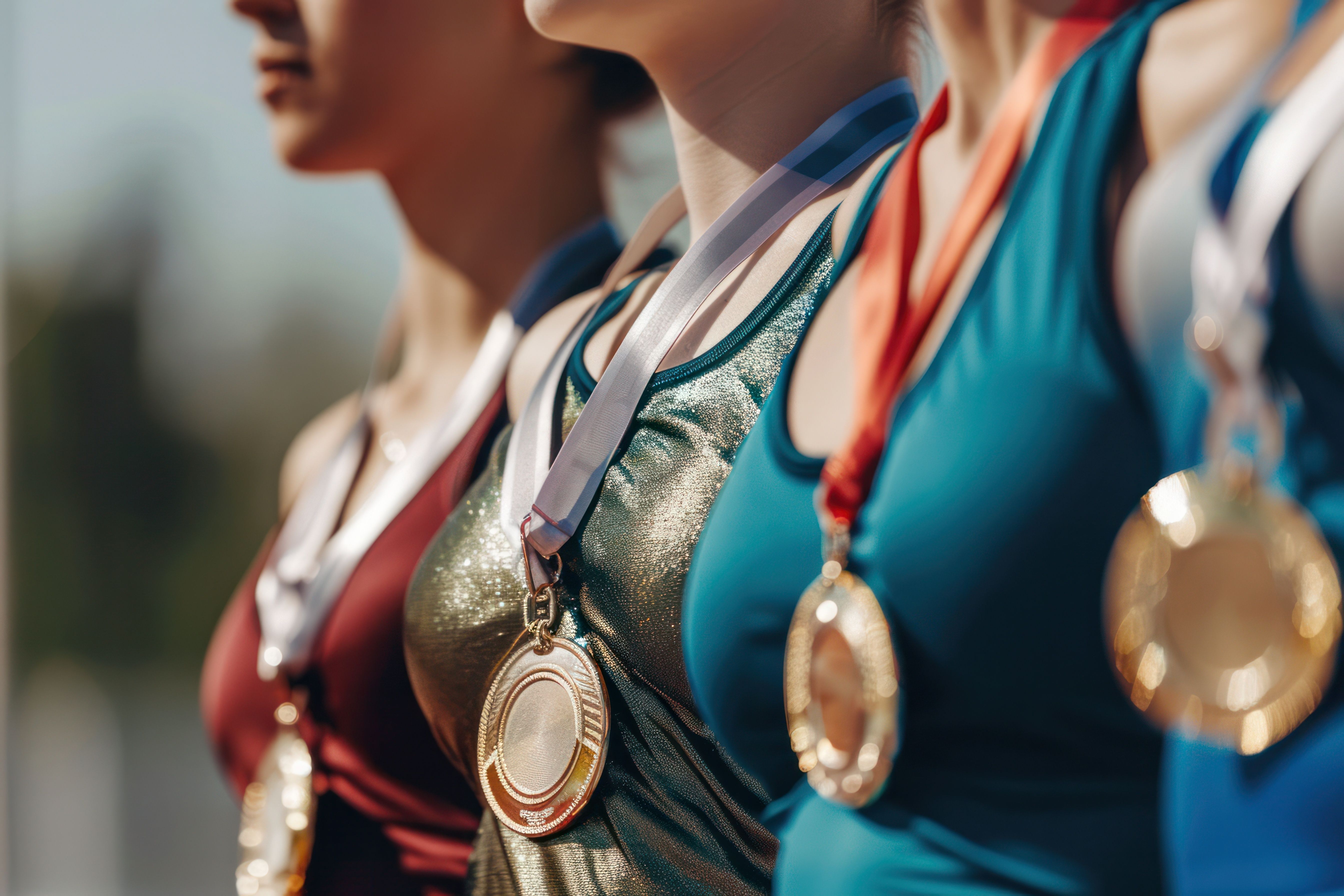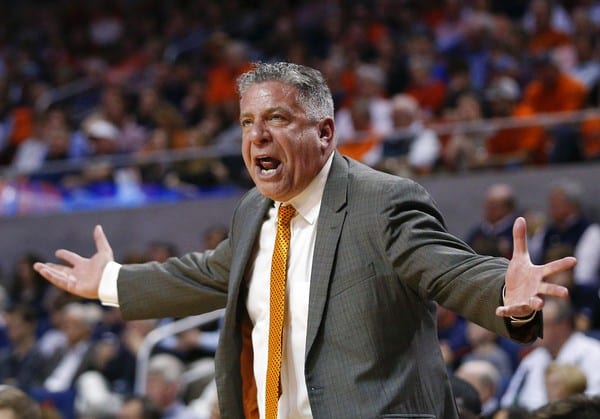Sports
Addressing Athlete Injury and Prevention in Elite Sports

There is a critical need for improved athlete care as rising injury rates demand greater investment in prevention and support. | Image Credit: venusvi – stock.adobe.com
As the Summer Olympic games came to an end, the opportunity to promote increased investment in injury prevention presented itself on a global scale. The Global Burden of Disease (GBD) 2021 study found injuries made up about 6% of the world disease burden, with competitive athletes having a 3 to 5 times increased likelihood of receiving an injury compared with the public.1
The symbiotic relationships among athletes and injuries must be recognized to further address prevention methods that support athletes in all facets, with sports participation and popularity having grown across genders, spurring the need for more awareness and investment to understand the epidemiology of injury among athletes to prevent adverse outcomes. There is a lack of consistent and comprehensive understanding of injuries between genders and sports among general populations that limit their ability to fully understand their health impact.
Injury
According to the International Olympic Committee (IOC), injuries are classified as musculoskeletal complaint or concussion, newly incurred, or re-injuries, occurred in competition or training, and occurred during the Summer Olympic Games or Winter Olympic Games.2
Sports-related injuries typically encompass sprains, strains, and fractures that affect the knees, shoulders, and hips.1 Muscle strains have become more prevalent, especially recently among athletes born female. Achilles tendon injuries and anterior cruciate ligament (ACL) tears were the main cause of athletes born female withdrawing from the 2023 FIFA Women’s World Cup and the 2024 Summer Olympics.
The ACL makes up one of the key ligaments inside the knee, connecting the thigh bone to the shin bone and preventing movement.3 An injury can occur when bone direction changes quickly and at a high speed. An ACL tear is among the most serious injuries an athlete can endure; it requires surgery to repair damage and an estimated 6 to 12 months’ recovery time.
Various athletes who were born female have experienced ACL injuries during their career. In 2022, Simone Magill endured an ACL tear at the Women’s Euros soccer game during the opening match against Norway. Last year, the Women’s World Cup in Australia and New Zealand had absent team members because of injuries from the game as well. Female soccer players from the Netherlands, England, Germany, and Switzerland had players miss the competition for England’s Euro 2022 and the 2019 Women’s World Cup. These are only a few examples of athletes who identify as women on top soccer leagues that have endured ACL injuries within the past year.3
In some cases, using a biological perspective to evaluate ACL injury prevention and management in sports can reinforce sexist views that cause detrimental consequences for girls and women.4 Previous research has labeled female sport participation as “dangerous” based on their biological differences to males. This ideology is harmful because it demonstrates the gendered social context of classifying women’s bodies as not being “naturally” fit for sports and has influenced past research on this issue.
Sports and athleticism have become synonymous with individuals who identify as male.5 In most contexts, sports are almost always assumed to be male centered unless “women” is added in front of it like the “Women’s World Cup” or “Women’s March Madness”.
Athletes who identify as male are often portrayed through action shots that emphasize their strength. However, athletes who identify as female are portrayed as sexual objects. One study found social media images from popular sports accounts covered female athletes in poses that were not relevant to their sport. Comparatively, 80% of the male athletes were positioned in a manner suggestive of their previous athletic endeavors.
Furthermore, this viewpoint is predicated on normative assumptions regarding the female body, overlooking the experiences of individuals who do not conform to the binary gender system. These harmful ideologies were projected onto Imane Khelif, a female boxer from Algeria who competed at the 2024 Summer Olympics.6 Khelif, like many other successful, athletic women, was accused of being a transgender female.
It is becoming increasingly important for research in this pace to switch its focus from the individual to gendered environments that better characterize the state of play, better understand the interaction of risk factors, and develop interventions that can systemically change the entire injury landscape for all individuals who identify as female in sport.4
Prevention
Recommendations on injury and illness prevention range from utilizing proper safety equipment to accessing readily available educational tools.1
Proper safety equipment can significantly help reduce risk of injury and severity of a potential injury. Protective gear includes helmets, mouth guards, padding, and wearing appropriate shoes as well as clothing can decrease risk of injury for both elite and recreational athletes.
Building strength and stamina have been found to be the most effective ways to prevent injuries either by weightlifting, cross-training, or targeted physical therapy. Additionally, warm-up exercises prior to sports engagement allow the body to prepare for strenuous movements. Whole-body wellness is also obtained by eating nutritious foods and receiving adequate rest.
In addition to these practices, the IOC created a medical and scientific tab on its website that communicates their key priorities.7 Some include the fundamental responsibility of the IOC to provide medical care at the Olympic games, promote health among participants, safeguard athletes, and advocate for mental health, along with anti-doping in sport.
Various technology applications are advertised by the IOC, like “Get Set,” a training app that includes injury prevention within the exercises. Additionally, the IOC offers the “Mentally Fit” program that provides courses and a helpline phone number for athletes struggling with their mental health.
Other valuable resources the IOC provides are antidoping rules for the games, multiple videos on healthy body images with a high focus on women, and athlete safeguarding initiatives. The “harassment and abuse in sport” tab includes resources on homophobia, sexual abuse, hazing, gender harassment, bystanding, and the “medical and scientific commission”, as well as interactive video clips on sexual harassment and abuse in sport.
Solutions
The IOC provides valuable resources, but the Olympic environment can be enhanced to better support athletes. Though cost of care is a concern, it’s important that athletic governing bodies provide resources to programs that seek to incorporate appropriate staff.7
Additionally, the gender disparities embedded into the sports industry have resulted in athletic equipment often not made for individuals who identify as female. Most equipment, like soccer cleats, have been designed for men despite several differences compared with women’s feet.3
Experts have emphasized the fit of the cleats is an independent predictor of injury and performance, but the only available ones on the market are designed and shaped for adult Caucasian men.8 Companies can adopt more elite equipment targeted for athletes who identify as female as an industry-wide injury prevention tactic.
Recent efforts have sought to address gender disparities in sports, particularly concerning the lack of adequate medical facilities for female athletes.3 Proper funding for women’s sports teams is crucial, as many professional female athletes must supplement their income with part-time jobs. Increased funding can also support better education for medical professionals working with women athletes, ensuring they understand the unique needs and demands of female athletes. Ultimately, the importance of strength and conditioning in women’s sports cannot be overstated, as it helps athletes adapt and perform at their best.
Female athletes can confront and reduce their disproportionate number of ACL tears by advocating for necessary funding into medical facilities, staffing at women’s clubs/teams, and the development of equipment designed for female players.
The level of annual injuries could be reduced by allocating funding to more medical staff, physical therapists, and experts in women’s athletics. A clear path has emerged for fostering a healthier future for athletes worldwide, as the spotlight fades on the Paris Olympics.
References
- Ong L, Moberg M, Lenox H. Olympics spotlight gender-informed injury prevention. Think Global Health. August 1, 2024. Accessed August 19, 2024. https://www.thinkglobalhealth.org/article/olympics-spotlight-gender-informed-injury-prevention
- Steffen K, Soligard T, Engebretsen L. Health protection of the Olympic athlete. Br J Sports Med. 2012;46(7):466-470. doi:10.1136/466 bjsports-2012-091168
- Ryan H, Matthews AL. Women’s World Cup 2023: some of the game’s top players are absent. And it’sbecause of the same injury issue. CNN. July 18, 2023. Accessed August 19, 2024. https://www.cnn.com/2023/07/18/sport/womens-world-cup-acl-injury-spt-intl/index.html
- Parsons JL, Coen SE, Bekker S. Anterior cruciate ligament injury: towards a gendered environmental approach. Br J Sports Med. 2021;55(10):984-990. doi:10.1136/bjsports-2020-103173
- Goldberg A. Olympic boxer ImaneKhelif beat her opponent. Then she got “transvestigated.” USA Today. August 9, 2024. Accessed August 19, 2024. https://www.usatoday.com/story/life/health-wellness/2024/08/09/imane-khelif-olympics-transvestigations/74721372007/
- Bubel J. The disparity in women’s and men’s sports. Diario AS. March 8, 2023. Accessed August 21, 2024. https://en.as.com/other_sports/the-disparity-in-womens-and-mens-sports-n/
- Medical and scientific. International Olympic Committee. March 16, 2023. Accessed August 20, 2024. https://olympics.com/ioc/medical-scientific
- “HEY COACH/DOCTOR/PHYSIO/ PODIATRIST/DAD/MUM: WHAT FOOTBALL BOOT IS BEST FOR ME”? Aspetar Sports Med J. December 13, 2021. Accessed August 21, 2024. https://journal.aspetar.com/en/archive/volume-10-targeted-topic-hot-topics-in-football-medicine/hey-coach-doctor-physio-podiatrist-dad-mum-what-football-boot-is-best-for-me#.Y24yMS8w2qA










